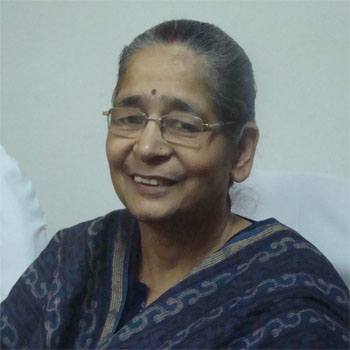
Art history/ Historiography, Museums/ Galleries / Collections / Exhibitions
Temple Chariot Tradition in India: with special reference to Tamil Nadu's Temple Chariot
Pathak, Anamika
March, 2020
The "temple chariot" is a concept where deity is moved from temple to chariot, which becomes a temple for the time being, especially on the occasion of rathotsava or rathyatra. The rathotsava is a festival (utsava) of chariot (rath) being celebrated in the temples of South India, while in Orissa it is known as rathyatra. During these festivals, huge procession takes place, which involves hundreds and thousands of people, who dance, sing and pray in praise of the deity. In early days temples were the center of various cultural activities. Perhaps, phenomenal growth in the number of temples and associated rituals in the shrine and temple halls, fall short of place to accommodate the surge of devotees offering worship in the temples. This necessitates bringing the God outside the temple paving the way for the chariot festival.
The definite date of starting temple chariot tradition is not very clear; however early literary references on this concept traces its origin from Epic period in the name of Samaja. A number of literary references, epigraphic records and sculptural evidences informs that it is an age-old tradition not only in India, but in Greece, Egypt and Mesopotamia etc. The most interesting fact is that when most of World Civilization has forgotten their tradition of chariots, in India it is alive in the form of Jagannath Puri's "car festival", and "temple chariot festival" of entire South India, Apart from Orissa and South India, Pondicherry, Vrindavan and other places also such tradition is ...
This is a preview. To access all the essays on the Global InCH Journal a modest subscription cost is being levied to cover costs of hosting, editing, peer reviewing etc. To subscribe, Click Here.



